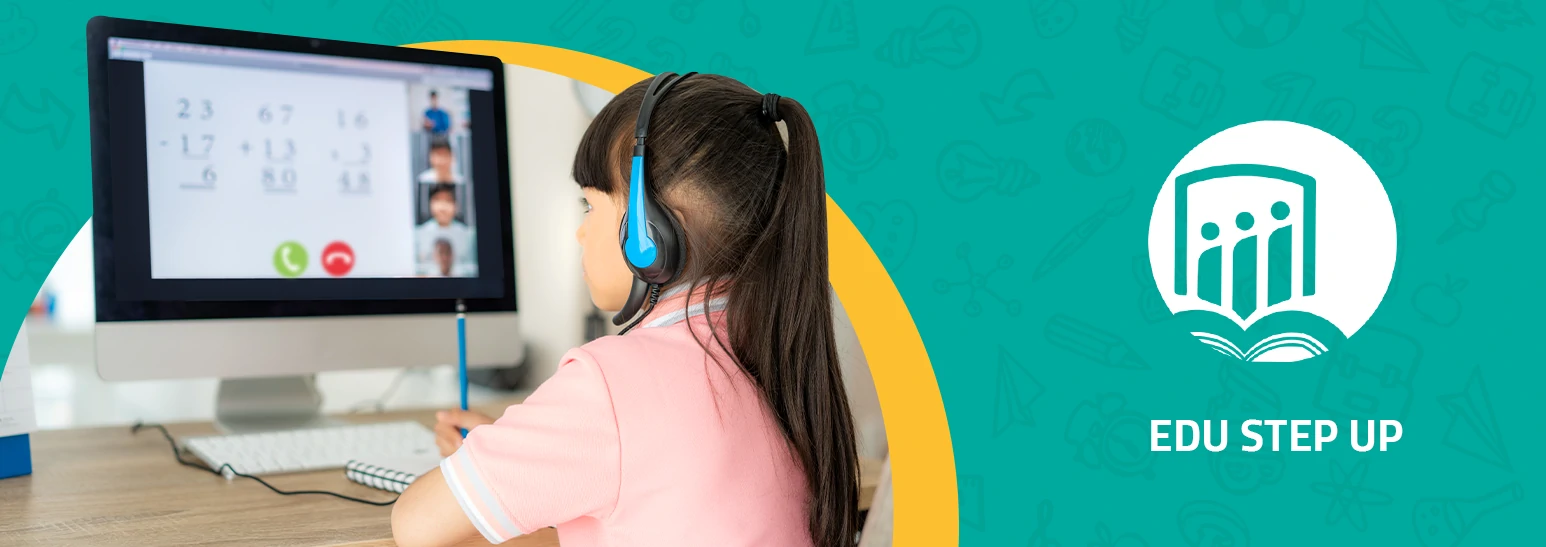
Sat 2022/10/29
most important advantages and disadvantages of Virtual Classrooms
Technological and educational progress has led to the emergence of effective e-learning processes, similar to the educational process based on traditional classrooms.
What are Virtual Classrooms?
The virtual classroom is a gathering of a group of students and teachers over the Internet, but in order for the process to be successful, there must be special download programs to facilitate the completion of the education process. Within the classrooms, the study materials are fully taught without the need to continuously go to the traditional classes, so the information is communicated by students and teachers With ease and ease, the discussion is also done, and the electronic classes contribute to the ease of exchanging experiences between students and each other.
Definition of virtual classrooms from Wikipedia: Virtual classes are a learning environment that takes place in a virtual space, and the aim is to facilitate access to advanced educational experiences by allowing learners and teachers to participate and control learning communities using personal computers and smart devices, to contribute to the quality And the effectiveness of education thanks to the tools and applications that help.
What are the advantages and disadvantages of virtual classes?
Virtual classes have many advantages, including:
- Virtual classes are convenient and easy to use.
- You can achieve the students' goal of the educational process with ease and follow-up anytime and anywhere.
- It is characterized by being low in cost.
- Interactive education support.
- Continuous interaction, continuous response, and continuous follow-up as a whole.
- You can take lessons anywhere and at any time and communicate with the teacher.
- You can learn individually or in groups.
- Breaking the barrier of fear of direct communication and encouraging the student to participate without fear or anxiety.
- Breaking the barriers of geographical areas because it leads by covering a large number of students in different geographical areas and at different times.
- Ease of recording the educational material and lessons, referencing them and re-watching them again.
- Possibility to refer to the Internet for easy communication with the teacher.
- Virtual classroom management does not require high technical skills.
- Exempting the teacher from the heavy burdens of revision, correction, grade monitoring, and organization.
- The presence of a large volume of information through digital libraries.
- Generate research ability for students.
What are the pros and cons of virtual classes?
There are some weaknesses and downsides to virtual classes; But it is not an excuse not to use virtual classrooms in education, such as:
- The student must be familiar with how to use a computer.
- Some places may not have the Internet, which will be a big obstacle for the student.
- The teacher must be fully aware of all the information about the virtual classes and the speed of dealing with them.
- The necessity of providing educational content suitable for publication on the websites in the language that students understand.
- The difficulty of explaining materials related to educational laboratories, such as doing practical experiments in laboratories.
- One of the biggest disadvantages of the virtual world is the difficulty of having human feelings between the teacher and the student.
- Learning through virtual classrooms always requires modern and advanced devices.
- The need for a management and follow-up system for the virtual classroom system.
- It is difficult for the teacher to communicate his feelings to his students, such as feelings of gratitude or anger.
- The problem of penetration that many people may encounter on the Internet, it is necessary to provide protection methods that prevent penetration of the virtual classes.
- It is difficult to assess students in an accurate way.
What are the types of virtual classes?
Virtual classes are divided into two main types:
1- Synchronous virtual classes:
Simultaneous classes, which are classes that depend mainly on the presence of the student and the teacher at the same time, are similar to the classrooms, and at this stage it is easy to communicate, consult and discuss information, and this method facilitates the process of communication between students with each other and the sharing of sound through audio and video conferencing.
Virtual classes, then, are the meeting of the teacher and students at the same time on the Internet via video and audio conferencing. The previously mentioned programs create simultaneous virtual classes and these programs contain many services such as chat rooms, live video and audio broadcasts, program participation, whiteboard and others.
2- Asynchronous virtual classes:
They are traditional electronic classes that help students receive and review the educational material without the need to enter with the teacher at the same time, and this method is based on correspondence between the student and the teacher through the management program that the school depends on. The process of education for students The teacher can also develop educational plans and courses.
This model of distance education is similar to traditional classes, but with the possibility of giving the opportunity to those who cannot attend to study through virtual classes online at the time of their choosing, without being restricted to a specific time or place, they use asynchronous software and tools such as correspondence Between students, e-mail, and discussion forums.
How virtual classes work:
- There are some programs that provide the teacher and the student alike with their own account for easy access to the educational platform of the school program.
- The teacher enters the platform through the account account, and can easily prepare the school schedule and select and upload educational materials with ease.
- The teacher can define the lessons and also determine the exams and send them to the students to be corrected.
- The teacher writes any notes for the students or adds comments to the educational material.
If you are going to try the virtual classes through the Edu Step Up electronic management program, you can contact us to send a trial version.
Leave Comment






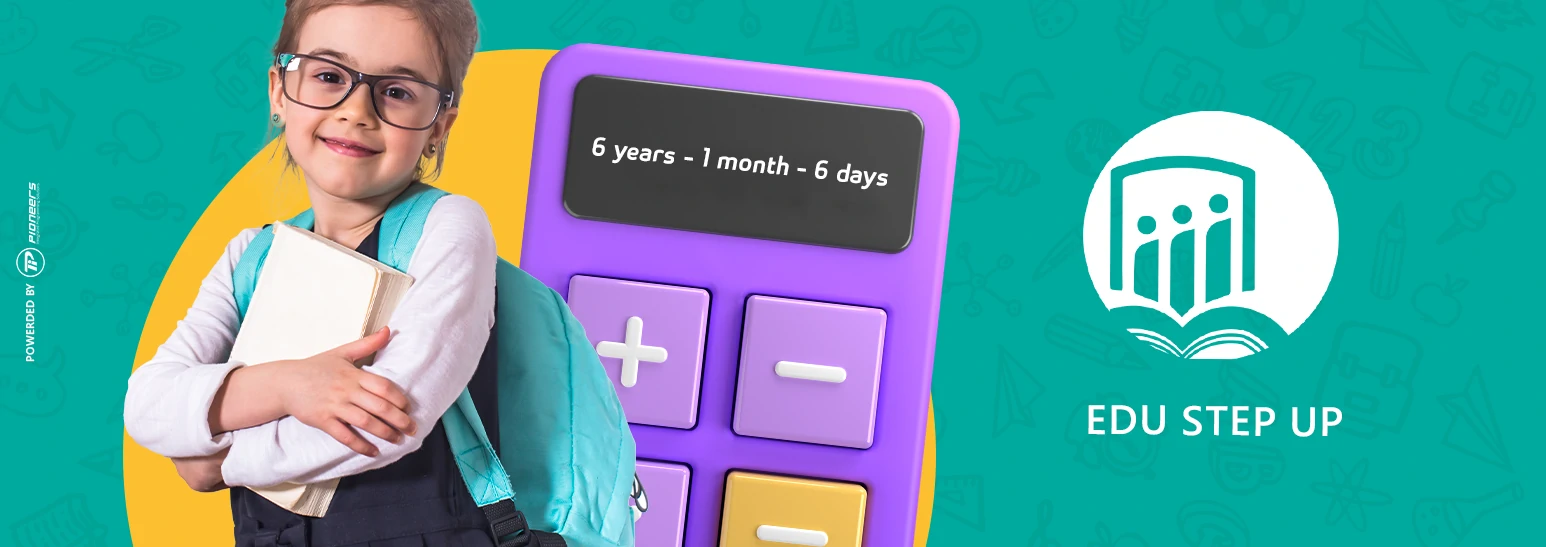
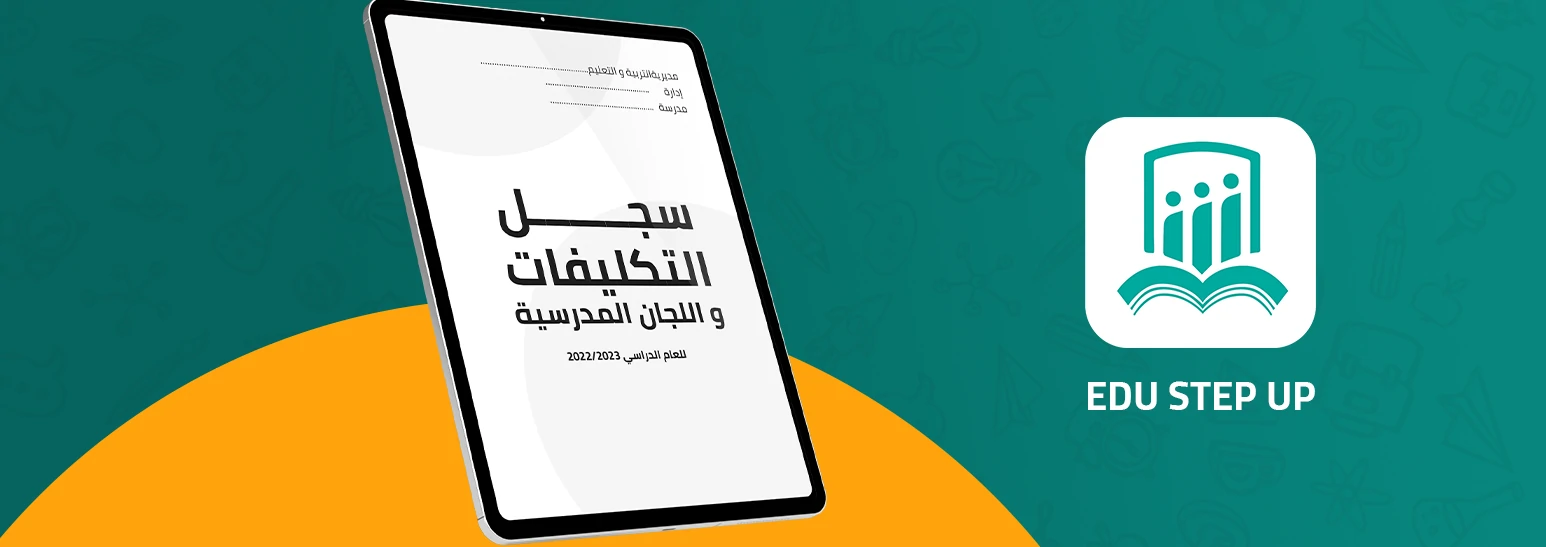



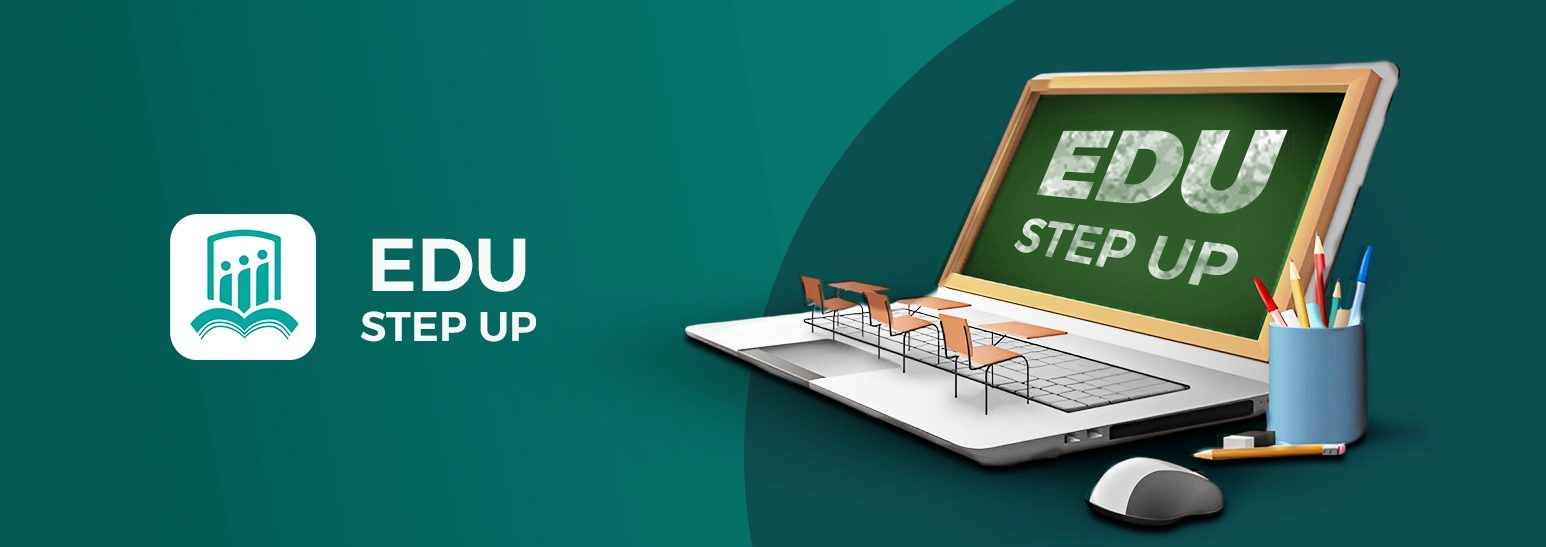
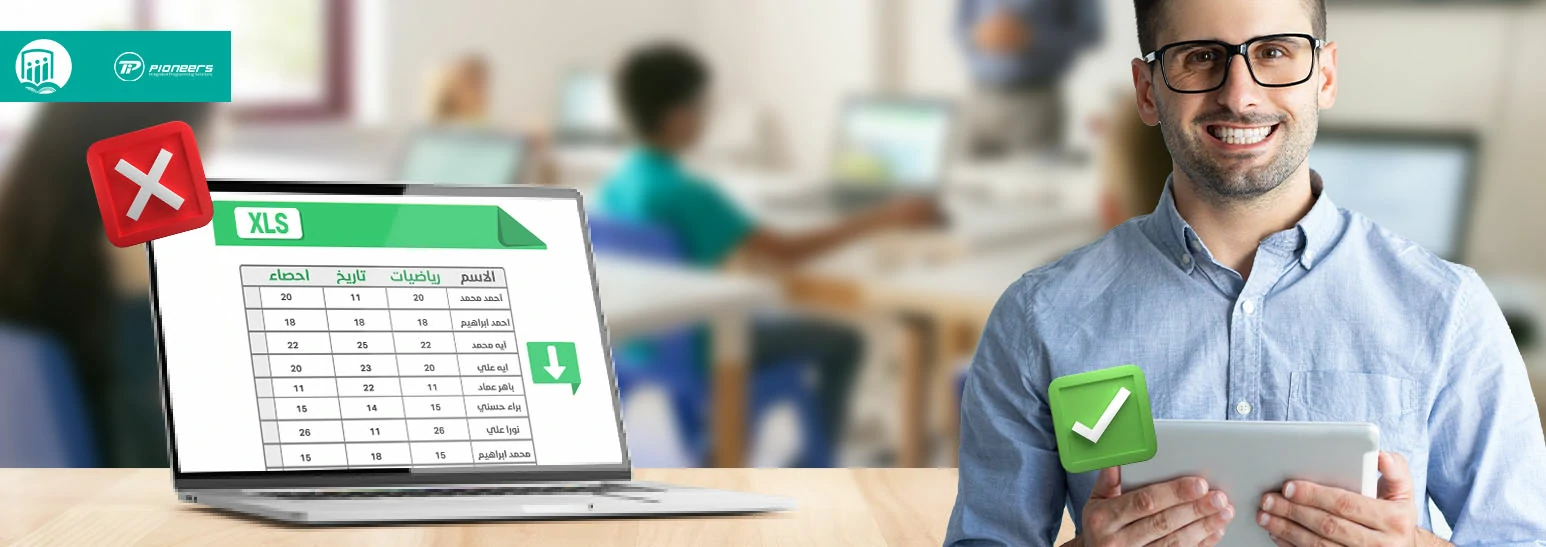

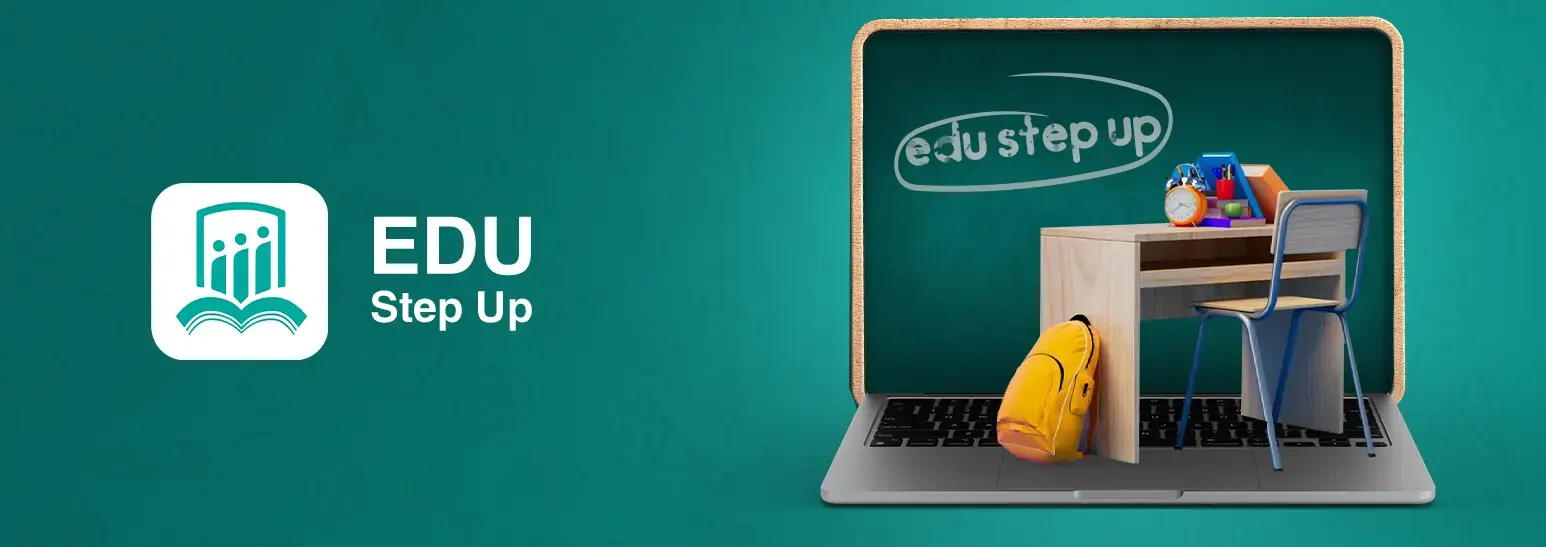
Comments